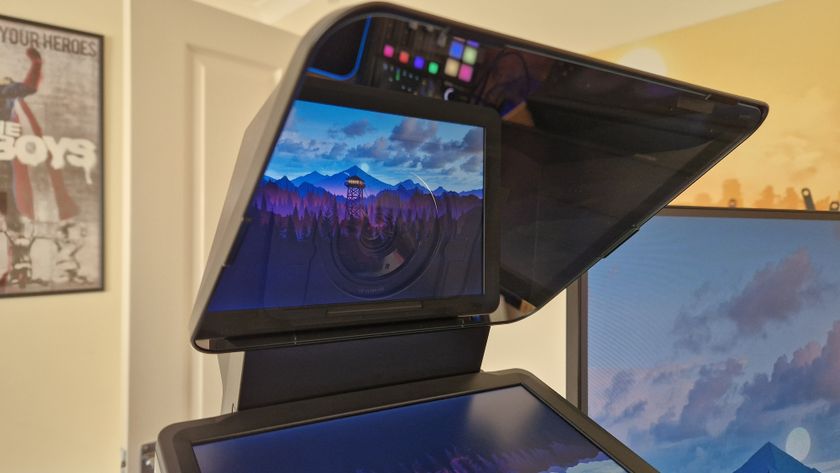Best capture card 2025: top picks for recording and streaming on consoles and PC
Looking to upgrade, or kick off your content creation career? These are the best capture cards on the market.
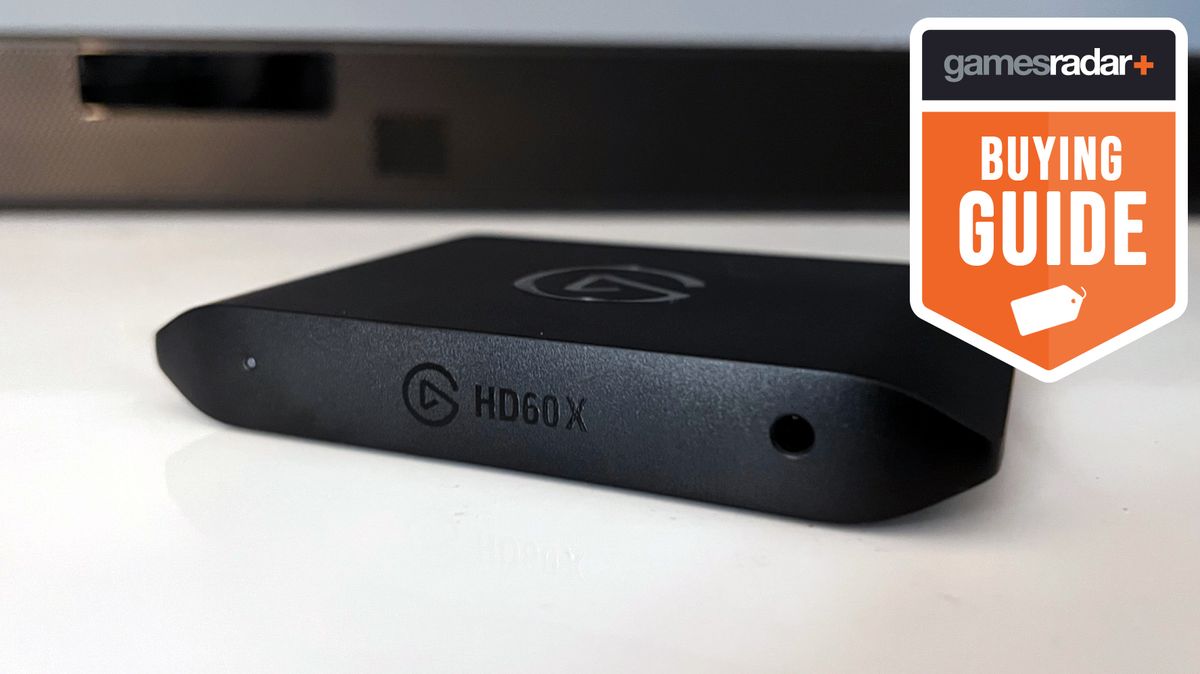
You may not think so, but the best capture cards are still a vital piece of kit for anyone who needs to record gameplay in 2025. I've heard from some creators that this once sought-after peripheral is no longer needed because consoles are so good at recording gameplay and Nvidia and AMD can do it all natively. That's true for PC players on a single computer setup, but if you plan on broadcasting console gameplay, a capture card is going to allow you so much more production quality.
There are areas where we'd recommend beginners save some cash because the best gear for streaming can cost a small fortune, but a capture card is one of the essentials in our opinion. Along with a microphone, a capture card is one of the basic tools that will ensure you come across crystal clear to your audience, and it'll make them want to stick around. Nowadays, some of the best options on the market can natively record in 4K, at 60fps or higher, so there are products out there for the pros too. While passthrough in 4K has been available for years now, we're now seeing capture devices take things to a whole new level, with 8K potential and VRR for PC players. Just keep in mind that Twitch still doesn't allow for streams in 4K, so this is only really a bonus for YouTube creators.
For PC gamers, one of the best capture cards may not be as necessary, but will really take the strain off of hardware components. Depending on your rig and GPU, recording via software or OBS can mean choppy footage and a slew of other issues, so a separate capture card can really alleviate stress. There's also the option of an internal capture card if you're rocking a two-PC setup.
The Quick List
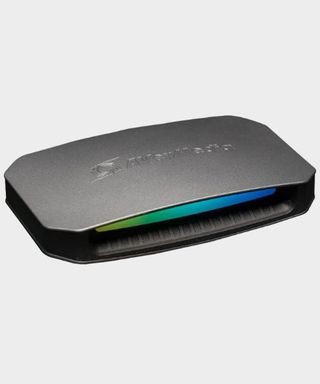
AverMedia's latest external capture card is a monster that can record up to 4K144 footage. It's by far the best external capture card out there.
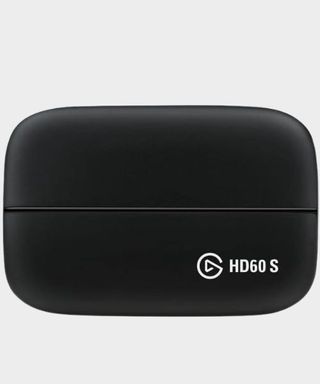
If it's a simple, no-fuss capture card you seek, the majority of people will get by with the HD60S. It has great passthrough and Full HD capture capabilities.
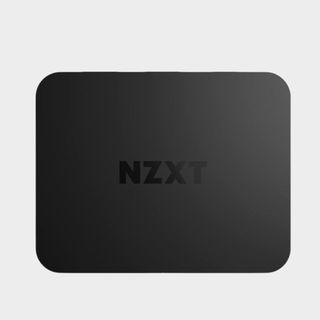
The NZXT Signal HD60 takes away a lot of software faff from the usual capture card experience, and it's priced fairly for your average gamer and creator.
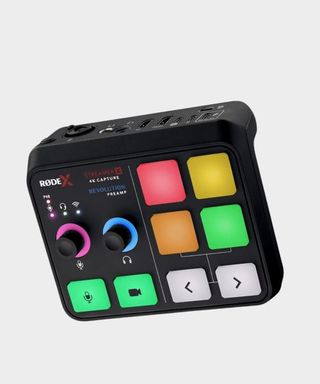
This device goes above and beyond, working as a streaming mixer, controller, and capture card all rolled into one. It's a try jack-of-all-trades.
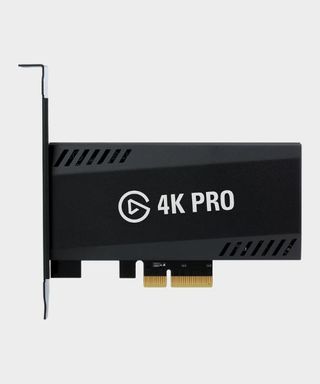
If you want to eliminate the clutter of an extra USB-C device, an internal capture card will suit you best. The 4K Pro from Elgato offers 8K futureproofing.
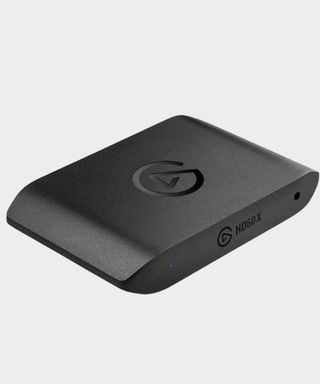
When it comes to the best capture cards, Most creators are either an Elgato kid or an AverMedia kid. If you've bought into the Elgato family, this is the best for you.
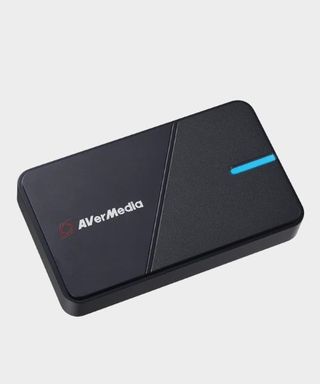
Similar to the HD60S, this card gives you access to some great features for the price you pay. There's even 4K support here, which is great for the money.

I've been using capture cards for just shy of a decade now, and started with Elgato's first-ever. Over the last nine years, I've seen so many competitors rise up, and some names have become mainstays. I still use these devices to record a lot of the gameplay I use in my YouTube videos, and depending on your setup, one might suit you more than others. Allow me to help narrow down your search.
The best capture card overall





Specifications
Reasons to buy
Reasons to avoid
The AverMedia Live Gamer Ultra 2.1 is a truly next-gen capture card. It takes the great features set down by the Elgato HD60X and boosts what we expect from the best external capture cards into current generation standards.
Its design definitely echoes that, since most capture cards don't put a lot of effort into the looks department and yet this does. The Live Gamer Ultra 2.1 has a gentle RGB array on its front that you can sync with your PC components and a clever horizontal design that helps cable routing to be simple and the product as a whole to be displayable.
In terms of features, you get up to 4K60 capture, VRR passthrough of up to 144Hz, HDR and Ultrawide monitor support, and a slew of in-software recording options. Annoyingly, the companion application, RECentral 4, doesn't have any color grading settings and doesn't let you change the captured image settings. Luckily, these things are all finely tuned in the background.
This card performs brilliantly when recording footage, and its passthrough lacks no detail compared to using a regular HDMI 2.1 cable. Captures are crystal clear with really vivid colors, and besides some lacking clarity when recording multiple captures back to back, it's excellent and makes your gameplay look just as good as it does in your setup with minimal technical headaches thrown in.
Overall, this is the best external capture card you'll find on the shelves at the moment.
The best 1080p capture card for most people




2. Elgato Game Capture HD60S
Specifications
Reasons to buy
Reasons to avoid
Elgato is one of the biggest, best-known names in capture, and for good reason: their devices are relatively cheap, easy to use, and function incredibly well. Here's our breakdown of all the Elgato game capture deals, covering all devices in the range. The Game Capture HD60S is easy to set up, simply plugging in between your PS4/Xbox One and the TV. It also does all of the work for you, with the software cycling through resolution options until it finds a signal (although you can also set it up and tweak options manually should you have any problems getting a signal on your TV). Another great bonus is that you don't need the software running to use it: as long as it can draw power it'll send a signal to your screen so there's no need to unplug it when you don't want to capture.
The capture software that comes with it is clear and easy to use, with a few basic, useful options to fiddle with the audio and streaming setups. There's an audio in on the unit itself if you want to add audio directly to your stream, and a range of streaming screens set up for in-set cameras and so on. The only area in which it disappoints is its rudimentary editing package that's only really good for trimming.
The best budget capture card




Specifications
Reasons to buy
Reasons to avoid
NZXT is a maker of gaming PCs, PC cases, AIO coolers, and various peripherals in the gaming hardware space. Its entry-level capture card looks at the overly complicated landscape of capture card devices today and shows brands like Elgato and AverMedia how it's done.
The Signal HD60 isn't trying to be anything fancy - it's a simple 1080p capture device that has 4K passthrough, but kicks a solid 60fps feed to your display while recording up to 1080p 60fps gameplay footage. There's no flashy RGB, it's quite literally a black box you plug some HDMI cables into. There isn't even dedicated software you must use (like the other brands enforce upon you after taking your money). There's compatibility with NZXT Cam, but the creators of this device know that you almost certainly want to use this with OBS or Streamlabs, so they cut out the middle man and let you get stuck in.
Its beautifully priced under $100 / £100, meaning its an accessible piece of streaming kit for everyone that isn't going to break the bank. With how costly a microphone, camera, and all the other parts of a streaming setup can be, you'll be glad to see a 1080p capture card which doesn't demand an arm and a leg - especially if content creation is just a hobby for you.
In testing, this capture card did us proud, recording seamless gameplay at a rock solid 1080p, 60fps and thanks to their being no underbaked software to trip things up, it gave us next to no technical difficulties either. Believe me, sometimes that's really all you can ask for with a capture card.
The best all-in-one capture card





Specifications
Reasons to buy
Reasons to avoid
The Rode Streamer X promises more than any other capture card on this list because while it's a perfectly capable capture card that can record footage at up to 4K30, it's also an audio interface with all the pedigree of the brand's audio hardware behind it.
The design of this capture card is very in line with Rode's other streaming gear - it has customizable Smart pads, XLR ports for top-drawer microphones, and some handy gain dials that are readable thanks to clear lighting. Conveniently, it has dual-PC output and pretty solid HDMI passthrough for varying resolutions, and its price for the combined efforts of an audio interface and capture card will no doubt be enticing for those looking to consolidate their streaming gadgets.
Of course, with a jack-of-all-trades, there's going to be some trade-offs for those looking for the best capture card out there. Strangely, there's no HDMI 2.1 support, so while captures of up to 4k30 are possible and a passthrough of up to 4K60 is supported, higher frame rates aren't going to be possible above 1080p. Luckily, VRR and HDR are there - here's hoping Rode puts out a sequel in time that can deal with some beefier visual capture.
As an audio interface, it's no surprise that this does the trick. Rode is excellent for audio gear, and in our review, we found it to be almost as solid as the BEACN Mic Create, although it was somewhat hampered by its small form factor and lack of more dials. HDMI gain control would have been really handy, but again, when you go for something aimed at consolidating two gadgets into one, there are going to be some compromises.
Nonetheless, this is a very capable capture card and one that adds a bit more utility than is typically expected.
The best internal capture card





Specifications
Reasons to buy
Reasons to avoid
The Elgato Game Capture 4K Pro is the latest internal capture card from Corsair's content creation arm. Where all the other entries on this list require an external USB connection of some kind, this mounts onto a gaming PC's motherboard through a PCIe 2.0 x 4 slot (like a GPU slot or similar). If that sounds up your street, then keep reading.
The 4K Pro is only an incremental update over the brand's previous internal options. In truth, the 4K60 Pro and 4K60 Pro MK2 aren't too different from what you get here, so if they're on sale for cheaper, it might be worth considering them. Nevertheless, as time goes on, this will be the internal card to look out for, and that's because it supports up to 8K60 passthrough.
You get a lot of next-gen features here despite a very plain Jane design. There's VRR passthrough, and multi-app support so you can stream and record to separate apps at the same time, and you can tweak your image quality settings thanks to Elgato's 4K Capture Utility.
With that said, we are a bit disappointed that this costs the same as AverMedia's best external option and it doesn't offer nearly as many recording options. You can record great footage, but only at 30fps or 60fps at 720p, 1080p, 1440p, and 4K. Yes, that is all most people will ever need, but for a card that's dubbed as next-gen and has the word "pro" in its name, we expected a bit more in terms of recording options.
It's a shame that VRR support for passthrough doesn't carry over to the recording side, especially since 8K is so far in the future at this point. Still, if it's an internal device you seek, you'll struggle to find a better fit for your streaming PC.
The best capture card for Elgato fans

Specifications
Reasons to buy
Reasons to avoid
Elgato has been the go-to name for capture cards for years and the HD60 X is the sum of that experience. An evolution rather than revolution, it builds on the HD60 S+ to deliver an outstanding experience for both capture and passthrough. Offering impressive features with a simple plug-and-play setup, we think the HD60 X will likely sit at the top of most creators' best capture card leaderboards.
The first mainstream capture card to offer variable refresh rate (VRR) support for passthrough, our testing proved that the HD60 X is the perfect companion for both the PS5 and Xbox Series X. There’s 10-bit HDR on offer for both capture and passthrough too, and with latency-free HDMI output, you won’t even know you’re running your gameplay through a capture device at all. Throughout testing I kept my Series X running through the HD60 X, even when just casually gaming, and noticed no impact on picture quality, input responsiveness, or visual performance.
The HD60 X will capture 4K content at 30fps and 1080p or 1440p content at up to 60fps, while offering 4K60fps or a whopping 1080p240fps via HDMI passthrough. Even playing via the preview in OBS responsiveness remained high and all but the most competitive gamers likely won’t notice any input delay at all. Elgato does offer their own capture software, the inspiringly named ‘Elgato 4K Capture Utility’ but my advice is to stick with OBS. I found recording quality to be noticeably worse using Elgato’s software with a few frustrating UI bugs along the way too.
Ignoring their software offering, we think the Elgato HD60 X ticks just about every box and might just be the best external capture card for console gamers and streamers available right now.
Read more: Elgato HD60 X review
The best value capture card
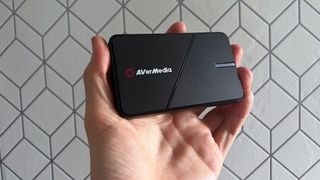
Specifications
Reasons to buy
Reasons to avoid
Another entry into the best capture card market for AverMedia, the GC551G2 Live Gamer Extreme 3 brings variable refresh rate support to the party. With 4K30 capture and 4K60 HDR passthrough, the spec sheet is pretty attractive for console gamers. It’s also one of the more reasonably priced options at this end of the market: at $169.99/£159.99 it’s nearly 20% cheaper than our top-ranked Elgato HD60 X.
Wonderfully simple to get started with, the Live Gamer Extreme 3 is a plug-and-play option with next to no setup required. Offering latency-free HDMI passthrough in full 4K60 with HDR support you won’t even notice the card is between your console and TV, though be aware, unlike other cards the LGE3 will only capture SDR content.
On the recording side, there’s support for up to 4K30 with super smooth 120fps capture at lower resolutions. Variable refresh rate support is new to the AverMedia range and it works well. In testing I noticed no artefacts or screen tearing while gaming, even at higher frame rates and the experience was smooth throughout.
While it’s not the most powerful capture option available, the AverMedia Live Gamer Extreme 3 boasts an impressive spec sheet and generally performs well across the board. If capturing HDR content isn’t a concern or you’re not looking to push the limit with the highest resolution game capture the LGE3 is a great value pick and won’t let you down.
Read more: AverMedia Live Gamer Extreme 3 review
Best capture card 2023 - frequently asked questions
Which capture cards do most streamers use?
We've rounded up all the latest and most coveted capture cards, although, one of the most popular brands in the content creator scene is Elgato. Through the original Game Capture HD, through to the likes of the HD60 S and HD60 X, Elgato has proven to be one of the go-to brands for streaming and video game content creation. That's not to count out the likes of AverMedia, who has been involved in the scene for arguably just as long. Razer and EVGA are viable brands, too.
Is there a capture card better than Elgato?
Elgato is definitely one of the best capture card brands out there, but that doesn't mean there aren't alternatives. AverMedia has plenty of great capture card options, for example, and we'd argue it has the best options if Elgato isn't for you. Epiphan Systems Inc. also has a really great compact capture card in the form of its AV.io 4K, which is worth a look too. If you'd rather a brand you know elsewhere, the Razer Ripsaw is also a solid choice.
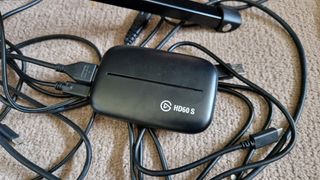
Do you need a capture card for PC?
The short answer here is no. On PC, software like OBS and OBS Streamlabs can record the footage for you. However, using just software can put a strain on your hardware components and result in frame rate drops and choppy footage. Beyond getting a second PC specifically for streaming, a capture card might just be your best bet.
If you have an Nvidia graphics card released within the last few years then you also have the free option of using Nvidia Shadowplay to capture gameplay and stream to the likes of Twitch and YouTube.
On consoles, you can record and stream footage as you play, but this doesn't give you the same number of options as one of the best capture cards.
Should I buy a capture card for streaming?
A capture card is an ideal way to record and stream your gameplay footage without impacting your gameplay. Depending on your internet speed and hardware set up, streaming from one PC that you're also running your games on can cause choppy footage, frame rate dips and a slew of other inconsistencies.
One of the best capture cards will take a lot of the strain off of your hardware, and will save you buying a second PC just to stream off of. Many capture cards use passthrough, which has gotten a lot more efficient in recent years as to not cause latency in your gameplay while recording or streaming.
Should I use OBS or a capture card?
While OBS and Streamlabs are great for natively recording the gameplay from one PC, we'd suggest using one of the best capture cards if you're using a dual PC setup, or you're recording console gameplay. This will take the strain off your hardware and genuinely provide more peace of mind that your footage or live stream will be consistent and free of choppy footage. It all depends on your stream setup though, and the platforms you use for gameplay, of course.
Is a 4K capture card worth it?
Why you can trust 12DOVE
Although they're definitely futureproofed, 4K capture cards are by far the most expensive option you can go for. As great as 4K is, maybe think about the logistics of it within your content plan. If you're streaming, 4K footage isn't even supported by Twitch. If you're recording and editing footage to be used later, you're staring down the barrel of more storage space and longer encoding times.
If you're a fulltime content creator, providing 4K options to your audience can make a difference. If, however, you're just starting out or you're not looking to be the next Twitch or YouTube star, we'd recommend a more budget-friendly option.
Pair your capture card with one of the best gaming PCs for maximum quality. What's more, live stream in comfort with the best gaming desk and best gaming chair.
Sign up to the 12DOVE Newsletter
Weekly digests, tales from the communities you love, and more
One of my earliest memories is playing SuperMario64 and wondering why the controller I held had three grips, but I only had two hands. Ever since I've been in love with video games and their technology. After graduating from Edinburgh Napier University with a degree in Journalism, I contributed to the Scottish Games Network and completed an Editorial Internship at Expert Reviews. Over the last decade, I’ve been managing my own YouTube channel about my love of games too. These days, I'm one of the resident hardware nerds at 12DOVE, and I take the lead on our coverage of gaming PCs, VR, controllers, gaming chairs, and content creation gear. Now, I better stop myself here before I get talking about my favourite games like HUNT: Showdown, Dishonored, and Towerfall Ascension. Location: UK Remote
Most Popular






